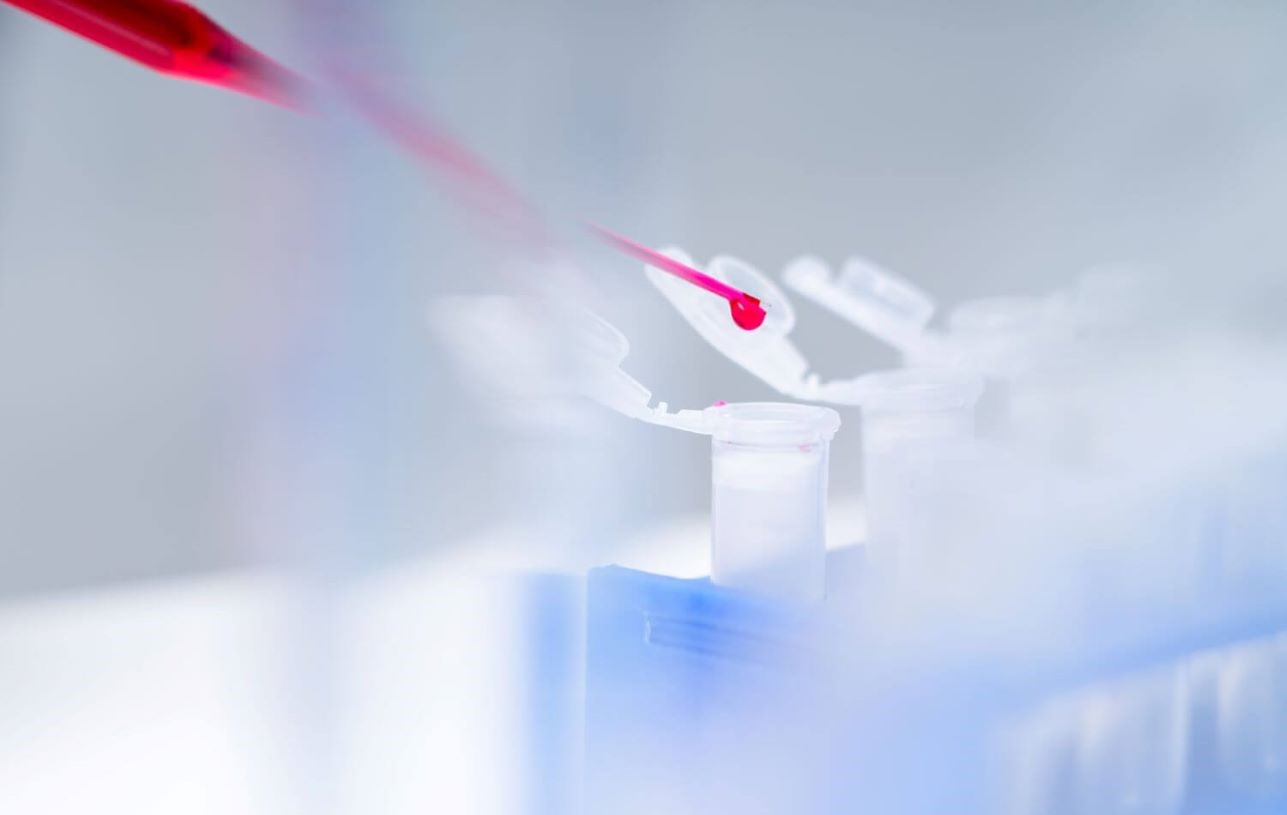Advanced Techniques for Successful ELISA Assay Validation

ELISA stands for enzyme-linked immunosorbent assay. It is a gold standard in bioanalytical studies. Due to its ease of use, compatibility, and sensitivity, ELISA is now an indispensable tool in scientific research. The primary reason for the preference of ELISA assay over other immunoassay techniques is that it provides quantitative results.
Today, multiple laboratories deliver ELISA assay development and ELISA testing services. ELISA assays can be used in different formats, such as confirmatory and PK assays. Besides, many companies offer ready-to-use kits for routine and advanced bioanalysis. Although researchers have a vast array of ELISA kits available, they are still required to develop an ELISA assay in-house. In-house assay development is particularly critical for little-known or recently discovered analytes. Here, ELISA assay development and validation becomes crucial. The current article discusses techniques for successful ELISA assay validation.
ELISA assay validation
ELISA services should consider validation strategies right from the beginning. Defining ELISA assay validation strategies even before beginning method development can help identify technical issues early on and save time and money. Early considerations should include finalizing the number of critical samples necessary for validation, establishing dilution linearity methods, and planning recovery and spike experiments for different sample matrices. Besides, researchers may also perform validation experiments along with method development in cases where unwanted background signals are revealed. This approach reduces the risk of unnecessary method development loops.
Every ELISA assay should be adequately optimized to ensure the generation of reliable and accurate results. After collection and storage of samples, coating ELISA plates is one of the earliest and critical steps in the workflow. For sandwich ELISA assays, researchers should address the pH-dependent characteristics of different antibodies. Ideally, one must compare phosphate buffer at pH 7.5 and carbonate buffer at pH 9.5 as a coating buffer to identify an ideal one for adequate antibody attachment.
Importantly, blocking plates is critical to avoid off-target binding of antibodies. Although BSA buffers are used commonly for surface blocking, multiple studies have demonstrated that modern alternatives are superior to traditional BSA buffers. The primary reason for this discrepancy is that BSA is a high molecular weight buffer, making it challenging to develop a dense layer of the assay plate surface. On the contrary, newer buffers comprise different molecular sizes and deliver more consistent results.
Antibody pairs are one of the most critical components of sandwich ELISA. Identifying matched capture and detection antibody pairs is crucial for the success of ELISA assay validation. Today, multiple developers provide validated antibody pairs. However, they are not available for every target. In these cases, researchers can perform basic in silico experiments to further streamline the antibody selection process. Considerations while choosing suitable antibody pairs and reagents include determining the availability of multiple epitopes on a protein and ensuring that the antibody recognizes the exact epitope location. Notably, engaging with suppliers and developers about specific requirements is critical for achieving desired results.
To Conclude
ELISA assay development and validation is a complex endeavor. Hence, researchers should focus on achieving desired results by implementing advanced techniques in ELISA assay validation.




